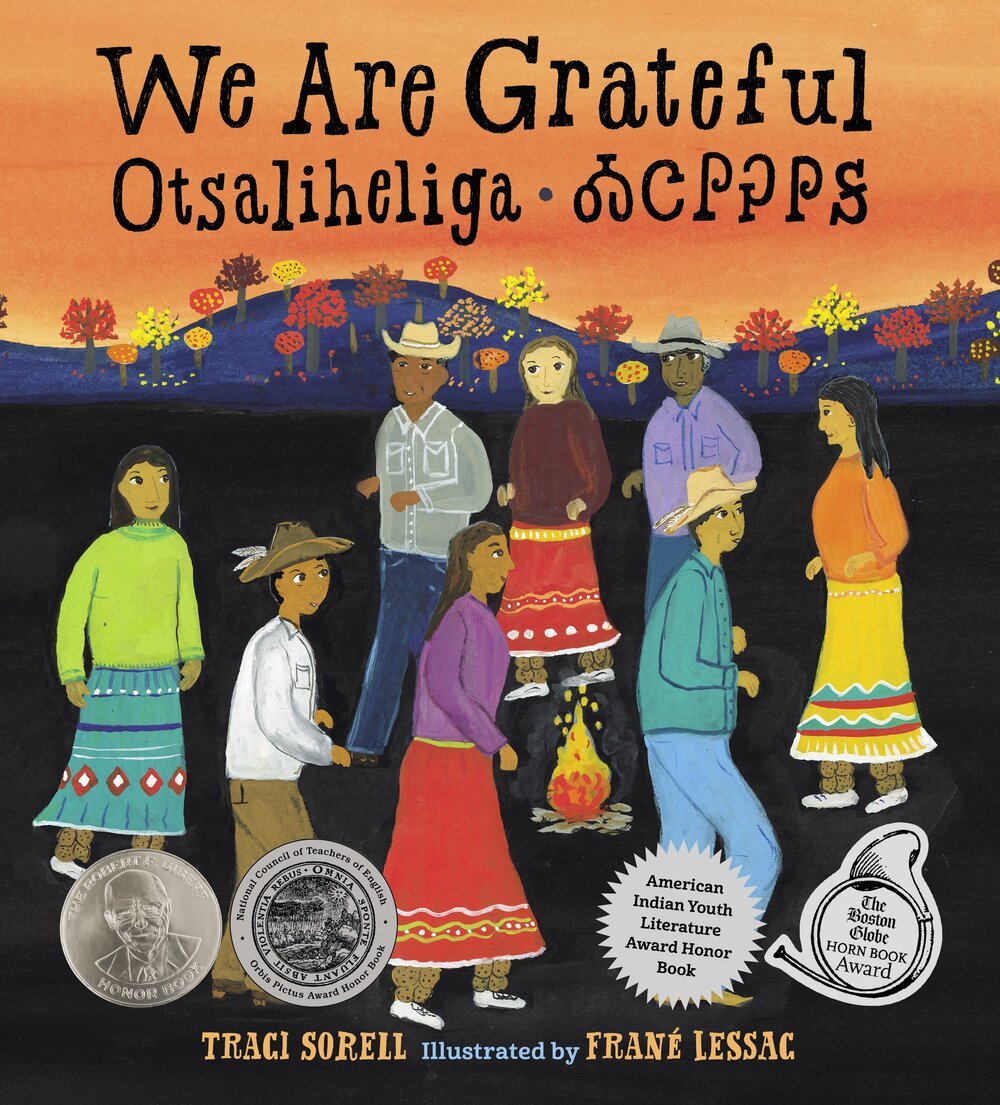As COVID-19 deaths spiked in 2020, Suzanne Firstenberg’s public art installation "In America: How could this happen…"
Museum Artifacts

Grade Range:
K-12
Resource Type(s):
Artifacts, Primary Sources
Date Posted:
12/30/2009
General Charles Conrwallis was so mortified by his defeat that he dispatched his second-in-command, Brigadier General Charles O'Hara, to surrender his forces. When O'Hara offered Cornwallis's sword to George Washington, Washington, in keeping with the rigid hierarchies of military protocol, asked

Grade Range:
5-12
Resource Type(s):
Artifacts, Primary Sources
Date Posted:
12/22/2010
This is the type of jacket that would have been worn by a Confederate medical officer.

Grade Range:
5-12
Resource Type(s):
Artifacts, Primary Sources
Date Posted:
12/23/2010
The Confederate States of America’s first national flag was also known as the “Stars & Bars.” This flag flew from 1861 to 1863. Each of the eight stars represented a Confederate state in March 1861 when the flag was adopted.

Grade Range:
K-12
Resource Type(s):
Artifacts, Primary Sources
Date Posted:
9/3/2008
In January 1917, members of the National Woman's Party (NWP) became the first people to picket the White House. Protesting the government's failure to pass a constitutional amendment enfranchising women, NWP members, led by Alice Paul, began picketing the White House. Their purple, white, and gol

Grade Range:
K-12
Resource Type(s):
Artifacts, Primary Sources
Date Posted:
7/31/2008
George Washington's well-appointed personal camp chest, or "mess kit," enabled him to dine in a manner reflecting his position as commander of the Continental Army.

Grade Range:
K-12
Resource Type(s):
Artifacts, Primary Sources
Date Posted:
11/6/2008
This lithograph illustrates the chaos and conflict engulfing northern Mexico during the years of the Mexican-American War from 1846-1848. In these years the United States organized an Army of Occupation, initially led by General Zachary Taylor, to capture cities like Monterrey in preparation for

Grade Range:
K-12
Resource Type(s):
Artifacts, Primary Sources
Date Posted:
10/27/2008
Andreas Vesalius (1514–1564), an early European physician and professor of medicine, wrote an important treatise on the human body, published in 1543. He provided detailed illustrations that demonstrated muscle structure and other features of human anatomy, based on his work dissecting cadavers

Grade Range:
5-12
Resource Type(s):
Artifacts, Primary Sources
Date Posted:
6/10/2009
By the late 19th century, the United States had established itself as a world leader in the area of civil engineering. Perhaps no project better symbolized America's technical prowess than the awe-inspiring Brooklyn Bridge, which connected the nation's largest and third largest cities—New York

Grade Range:
5-12
Resource Type(s):
Artifacts, Primary Sources
Date Posted:
6/10/2009
By the time they broke with England, the thirteen American colonies had been issuing paper currency for nearly a century. Both they and the loose central government they set up under the Articles of Confederation to oversee matters of common concern would continue to do so throughout the War of I

Grade Range:
K-12
Resource Type(s):
Artifacts
Date Posted:
4/4/2016
This single reversible right and left plow model is part of a large collection of model plows that were transferred from the Department of the Interior to the U.S. National Museum in 1910. In 1952, curator Edward C. Kendall researched the model plows and desired to catalog and identify the typolo



















